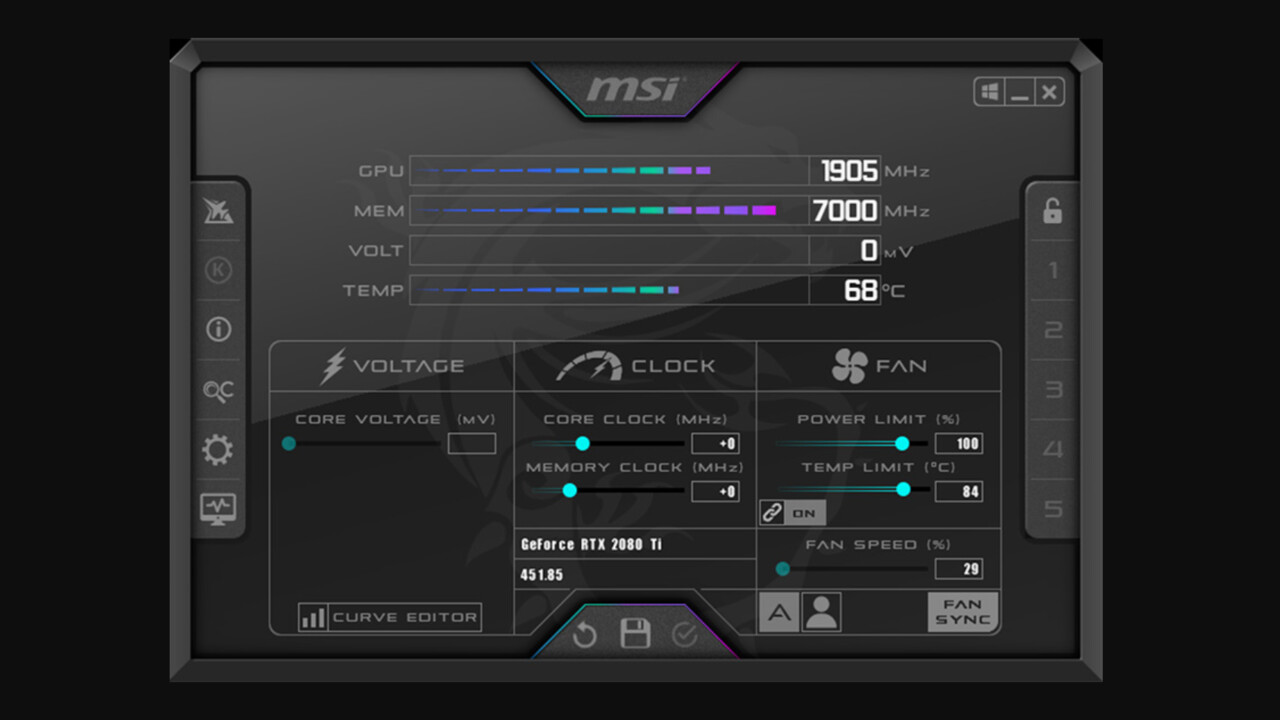
That’s a lot of cycles! But you can overclock these speeds so that even more cycles are completed every second, allowing for faster number-crunching and ultimately faster performance. A completely stock-spec RTX 3080, for instance, can reach processor core clock speeds of up to 1710MHz, which is 1.71 billion cycles per second. Both these components-within-a-component have their own clock speeds, which refer to how many operation cycles they can perform in a second.

Every graphics card includes both a processor and its own RAM (sometimes called VRAM or video RAM) that’s separate from the PC’s system RAM.

Skip ahead if you already understand what overclocking GPU speeds entails, but if not, here’s a quick primer. Nvidia and AMD cards, old and new, come unlocked for overclocking.

It’s absolutely worth trying if you find you’re just falling short of smooth FPS in a certain game, or if you’ve invested in one of the best gaming monitors and want to make the most of its heightened refresh rate. Get it right, and an overclocked GPU will net you performance that could match the effect of upgrading your CPU or RAM.


 0 kommentar(er)
0 kommentar(er)
